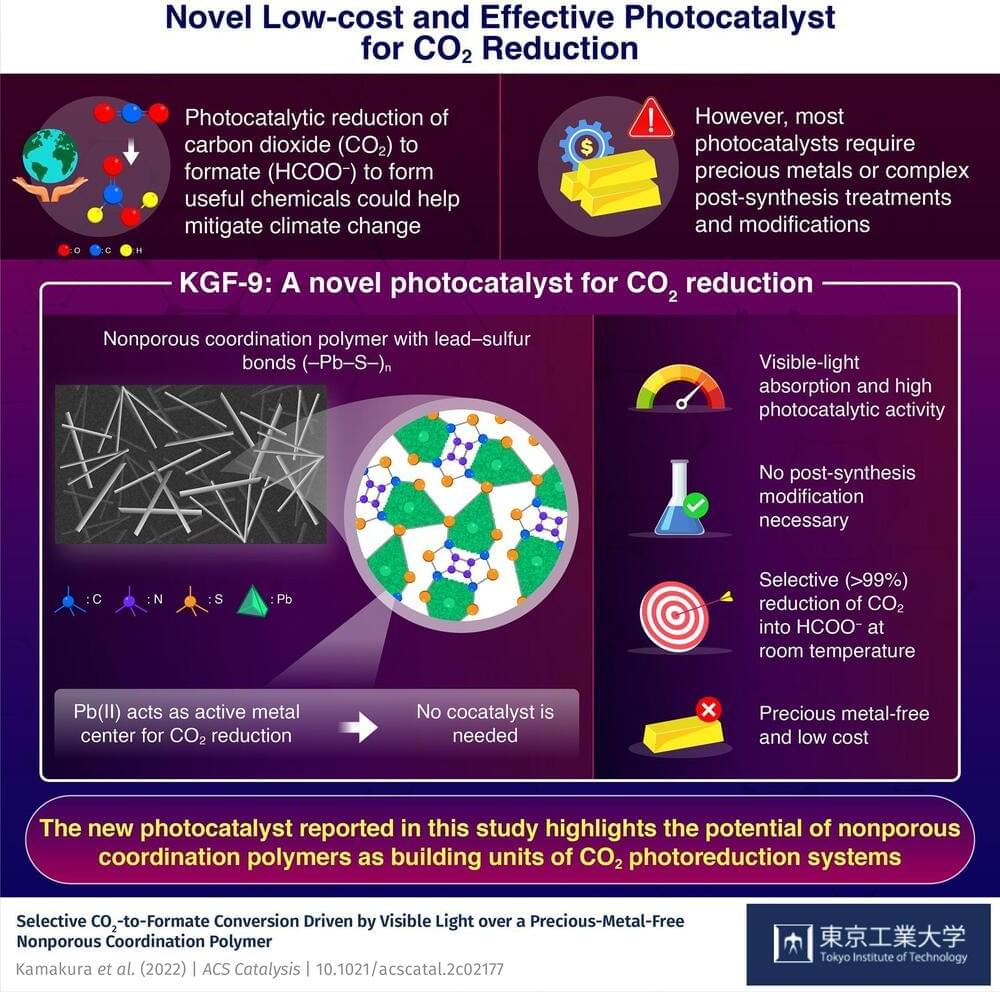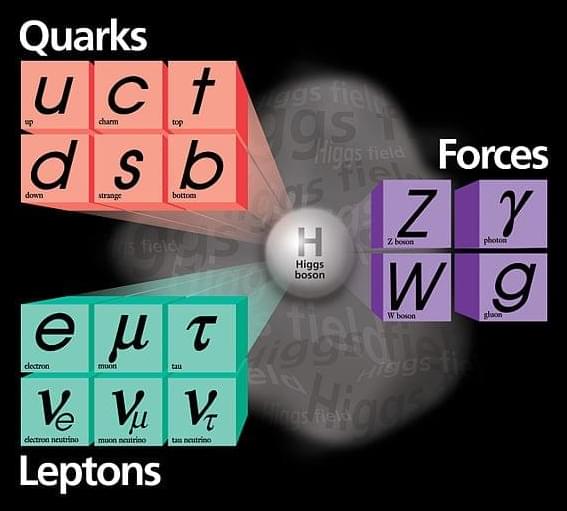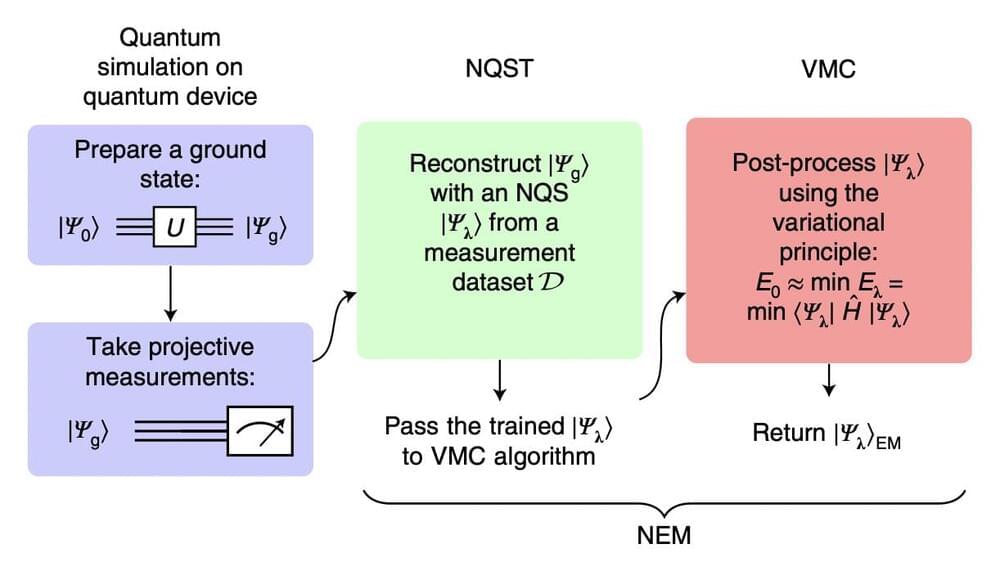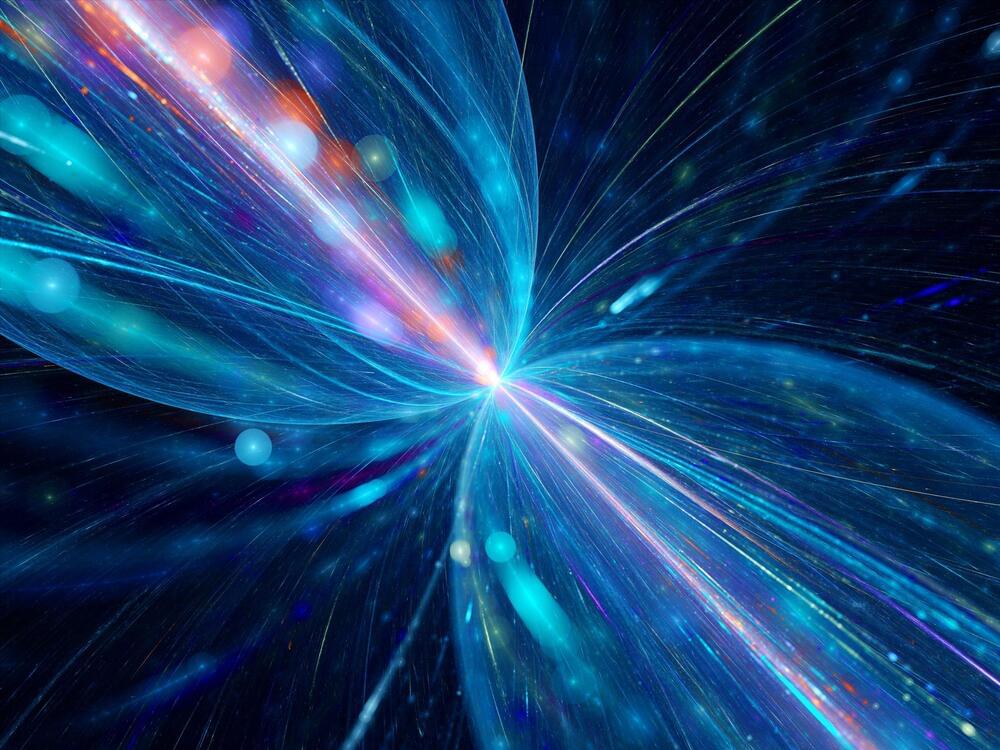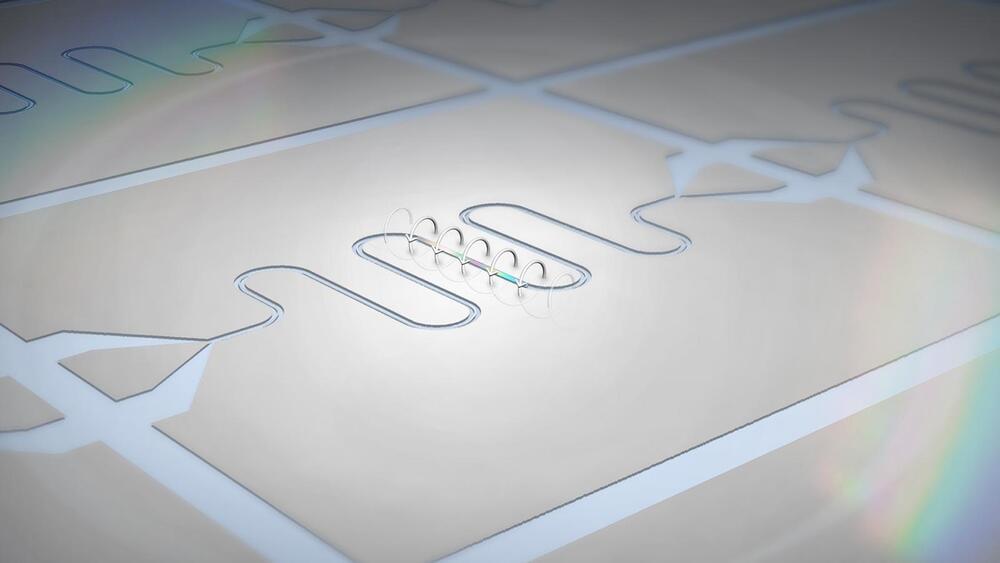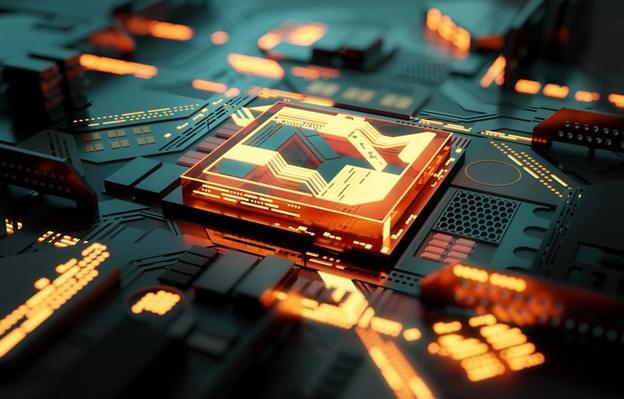Aug 23, 2022
Diamond Quantum Sensor Measures Currents in the Heart at Millimeter Resolution
Posted by Saúl Morales Rodriguéz in categories: biotech/medical, quantum physics
Many heart problems, including tachycardia and fibrillation, mainly originate from imperfections in the way electric currents propagate through the heart. Unfortunately, it is difficult for doctors to study these imperfections. This is because measuring these currents involves highly invasive procedures and exposure to X-ray radiation.
Luckily, there are other options. For example, magnetocardiography (MCG) is a promising alternative approach to measuring heart currents indirectly. The technique involves sensing minute changes in the magnetic field near the heart caused by cardiac currents. This can be done in a completely contactless manner. To this end, various types of quantum sensors suitable for this purpose have been developed. However, their spatial resolution is limited to centimeter scales, which is not good enough to detect cardiac currents that propagate at millimeter scales. Furthermore, each of these sensors has a fair share of its practical limitations, such as size and operating temperature.
In a new study published today (August 23, 2022) in Communications Physics, a team of scientists developed a novel setup to perform MCG at higher resolutions. Their approach is based on a diamond quantum sensor comprising nitrogen vacancies, which act as special magnetic “centers” that are sensitive to the weak magnetic fields produced by heart currents. The researchers were led by Associate Professor Takayuki Iwasaki of Tokyo Institute of Technology (Tokyo Tech), Japan.
